British self-propelled gun AS-90
Since the beginning of the nineties, the AS-90 self-propelled artillery mount has been in service with the British ground forces. Combat vehicles of our own design and production have replaced outdated equipment in a few years and have become one of the foundations of ground artillery. As the service continued, various difficulties and problems arose, but the AS-90s remain in the military and will retain their place for the foreseeable future.
"Artillery system of the nineties"
The emergence of the future project AS-90 (Artillery System 1990s - "Artillery system of the nineties") is directly related to the earlier plans of the British army. Since the mid-seventies, Great Britain, Germany and Italy have jointly developed a promising 155-mm self-propelled howitzer. The SP70 project went through the early stages and got to the test, but at this stage, the customer armies began to abandon it. In the second half of the eighties, the UK withdrew from the project.
Shortly before this, the British company Vickers Shipbuilding & Engineering (now part of BAE Systems), on its own initiative, began developing its own ACS project. The leadership of Vickers saw the problems of the international project and foresaw its inglorious end. In the event of the failure of the SP70 project, the British Army planned to offer its own self-propelled gun.
The predictions came true. The British Army withdrew from the SP70 and issued an order to Vickers soon after. She had to complete an almost finished project, conduct tests and bring the new self-propelled gun to the series. All these activities were completed in the early nineties. Experienced AS-90s coped with the tests, confirmed the characteristics and were recommended for the series and for adoption.
In 1992, the British Army launched the production of new self-propelled guns. Vickers was supposed to build 179 serial armored vehicles within a few years. The cost of the contract for their production was 300 million pounds (480 million dollars in the prices of that time or 530 million dollars in the current). The average cost of one self-propelled gun was 1,67 million pounds or 2,68 million dollars.
The first serial AS-90s entered the army already in 1993, and the construction of all ordered vehicles continued until 1995. Thanks to this, in the mid-nineties, the ground forces were able to carry out a complete re-equipment of all regiments of self-propelled artillery. All available old self-propelled guns FV433 Abbot and M109 were written off as unnecessary.
Service and application
The purchase of a sufficiently large number of new self-propelled guns had a positive effect on the state and capabilities of ground artillery. The new AS-90 compares favorably with its predecessors in higher performance characteristics. In addition, the British self-propelled guns in this regard, at least, were not inferior to current foreign models. The general novelty of the project was also a positive factor.
In the early years, AS-90 service was used only at test sites. But in 2003, several units on such equipment were involved in the invasion of Iraq. Together with self-propelled artillery from the United States and other coalition countries, they participated in strikes against distant targets. In the conditions of a real conflict, the equipment showed itself well and, in general, confirmed its compliance with current requirements.
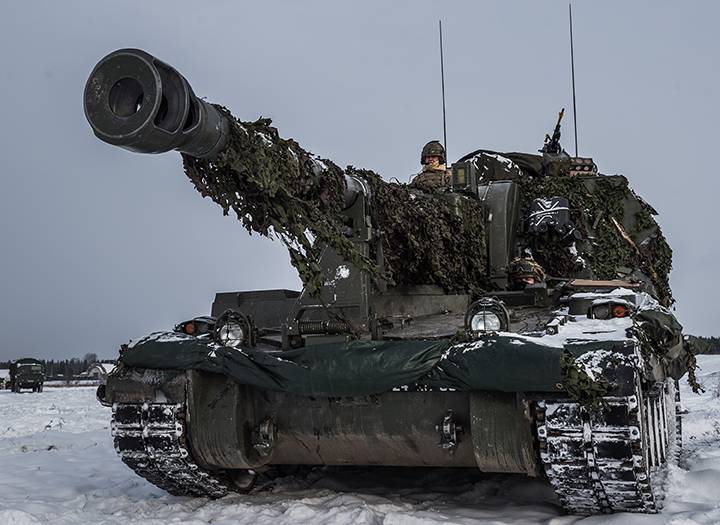
After the withdrawal from Iraq, the British gunners returned to regular service, which continues to this day. However, as they continue to operate, they face various problems. So, in recent years, the issue of supplying spare parts has become relevant. Some units for the AS-90 are no longer in production, and stocks are close to depletion. This makes it necessary to repair some self-propelled guns at the expense of partial dismantling of others.
For economic reasons, educational activities have been reduced. Crews of self-propelled howitzers go to the range only a couple of times a year and use a limited number of shells. This negatively affects the level of training and maintenance of skills.
According to The Military Balance, lack of maintenance and "cannibalization" has resulted in an active AS-90 fleet of less than 90 vehicles. Other sources provide more optimistic information - up to 120 units. One way or another, at least a third of the self-propelled guns built by now cannot continue to serve. The remaining vehicles are distributed between two self-propelled artillery regiments as part of one artillery brigade.
Despite all the problems, the UK authorities are making the most serious plans. So, it recently became known that a certain number of AS-90 self-propelled guns could be transferred to Ukraine as part of military-technical assistance. Such a proposal has a number of weaknesses and is generally doubtful, but it has been accepted for consideration, and a decision is expected soon.
Technical features
The AS-90 is a caterpillar self-propelled artillery mount that is standard for such equipment. A chassis based on an armored hull with a front-engine layout was used. A turret with all weapons, including the "main caliber", is mounted on the stern of the hull. The machine is controlled by a crew of five people. If necessary, it is supplemented by five more gunners, which simplifies the preparation and firing.
The hull and turret of the self-propelled guns are welded from armor plates up to 17 mm thick. They provide protection against small arms bullets. weapons and shell fragments from all angles. Small-caliber artillery easily breaks through such protection. No special measures were taken to protect against explosive devices.
The front engine compartment houses a single power unit based on a 903 hp Cummins VTA8T V660 diesel engine. The machine also has an auxiliary power unit of low power. The undercarriage received six road wheels with hydropneumatic suspension on each side. Driving wheels - in front. The power plant and chassis for some components are unified with a tank Challengers 1.
The maximum speed of a 45-ton armored vehicle on the highway reaches 55 km / h. Power reserve - 420 km. ACS is able to overcome various obstacles; water barriers are crossed only along the fords. Over long distances, equipment is transferred on tank trailers or heavy military transport aircraft.
The main weapon of the AS-90 is the L155 31mm rifled howitzer. It has a barrel length of 39 klb with a two-chamber muzzle brake and ejector. The breech is equipped with a piston valve of the original design, designed for a special shot of separate loading. Also in the shutter there is a magazine for 18 primers for firing shots. The tower provides circular horizontal guidance. Elevation angles - from -5° to +70°. In the stowed position, the barrel is retracted into the fighting compartment.
The L31 gun uses separate loading shots. Such a shot can include any existing or prospective 155 mm NATO projectile. In this case, a propellant charge of our own design is used in a burning cap. The ammunition load includes 48 shots placed in the turret and in the hull. Shot components are manually fed into a mechanical rammer, which performs loading.
The maximum rate of fire is achieved in salvo mode - 3 shots per 10 seconds. For several minutes, the crew can provide a rate of up to 5-6 rds / min., With prolonged firing - no more than 2 rds / min. The firing range of a high-explosive fragmentation projectile reaches 24,7 km. The use of active-reactive allows you to hit 30 km.
AS-90 is equipped with a fairly advanced fire control system. The gunner's workplace is equipped with an optical and panoramic sight, as well as a set of electronics. There are means of communication and navigation, a ballistic computer and a radar for determining the initial velocity of the projectile. Guidance is carried out remotely using electric drives.
For self-defense, a 7,62-mm L7 machine gun is provided on the roof with an ammunition load of 1000 rounds in tapes. On the sides of the gun mount on the tower there are two blocks of smoke grenade launchers, 5 units each. on each.
The combat work of the AS-90 self-propelled guns is provided by an auxiliary vehicle. On a four-axle truck chassis, additional ammunition and some spare parts are transported, up to the power unit. Initially, Foden DROPS trucks were used as support vehicles, later they were replaced by newer MAN HX77.
Design development
The AS-90 self-propelled guns have been modernized several times. So, for operation in desert regions, a modification of the AS-90D (Desert) was developed. She received a more efficient engine cooling system and air conditioning for habitable compartments. The tracks have been redesigned to reduce sand wear. Despite the obvious advantages, the AS-90D self-propelled gun did not go into series, and the combat vehicles were not modernized.
Since 1999, Marconi Electronic Systems has been developing a modernization project with the Braveheart code. It proposed the use of a new gun with a 52-caliber barrel and improved propellant charges. Such modernization made it possible to increase the firing range and reduce gun wear. However, during the tests, serious problems were revealed, and Braveheart was not accepted into service.
The tower from the AS-90 Braveheart has found application in the international Krab project, developed by order of Poland. The British fighting compartment was installed on the South Korean chassis; later introduced a new base. At the turn of the XNUMXs and XNUMXs, the Crab went into series and entered the Polish Army.
In the middle of the 155s, industry and the Navy tried to convert 90-mm ship guns to AS-XNUMX shots. Despite the benefits of such unification, the project was not completed and the fleet continued to use its own shells.
Between the past and the future
At the time of its appearance, the AS-90 was a completely modern self-propelled gun with fairly high performance. Then she was not inferior to most of the samples of that time, and some bypassed in terms of parameters. In the future, this situation changed - the emergence of new foreign self-propelled guns led to the gradual obsolescence of the British. In addition, 179 combat vehicles were running out of resources and faced problems in the repair line.
In the tenth years, the command of the British army came to the conclusion that it was necessary to replace the AS-90 with a new model. It was planned to develop it no later than the first half of the twenties, but then the deadlines shifted. According to current plans, the transition of parts to new equipment will occur only in 2029-32. Until that time, cash AS-90s will remain in service and it seems that they will still have time to celebrate the fortieth anniversary of their service.
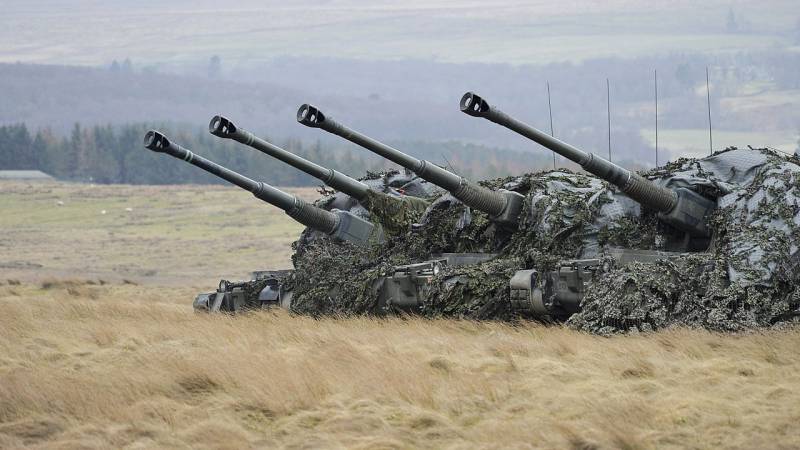
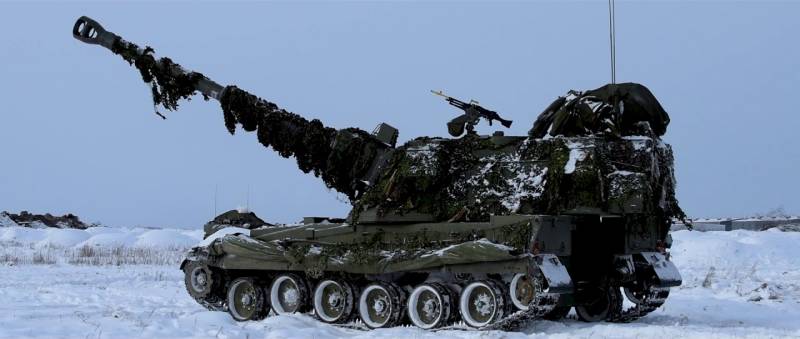
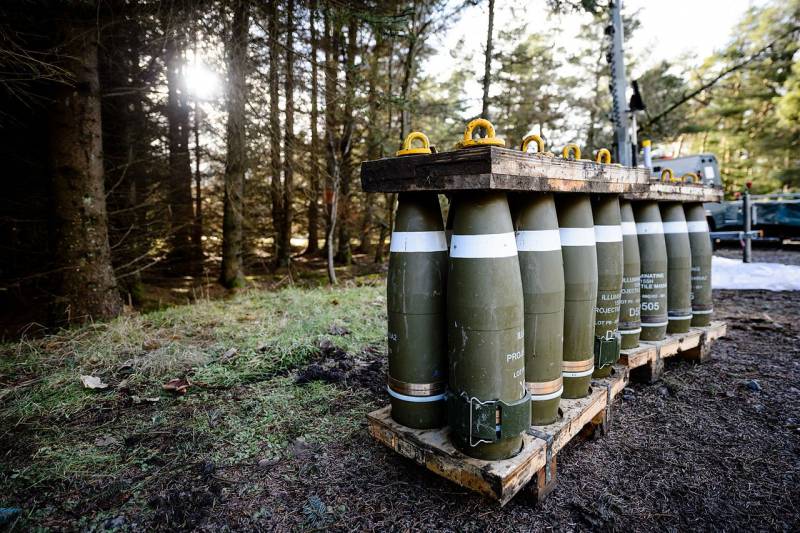
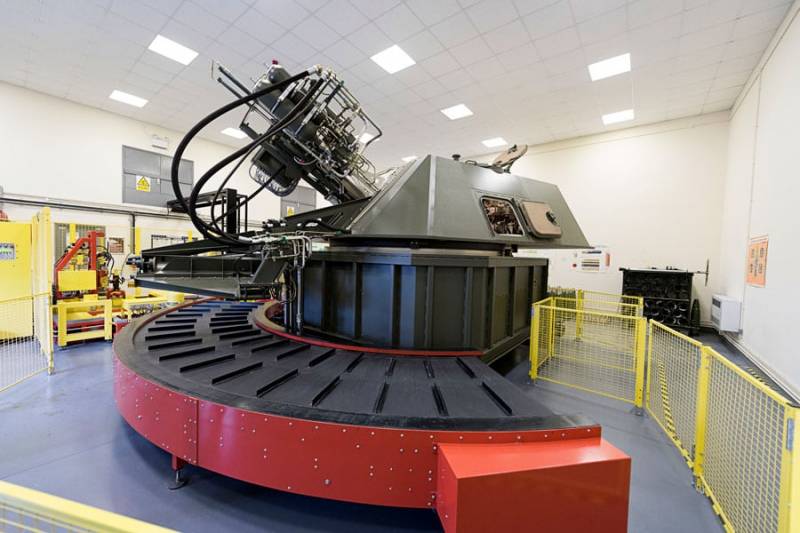
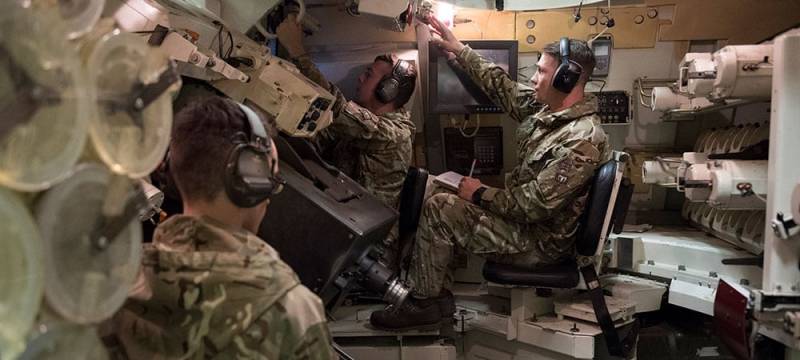
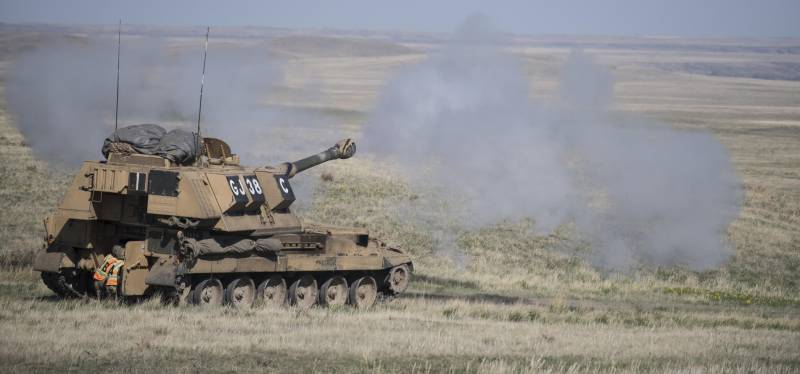
Information